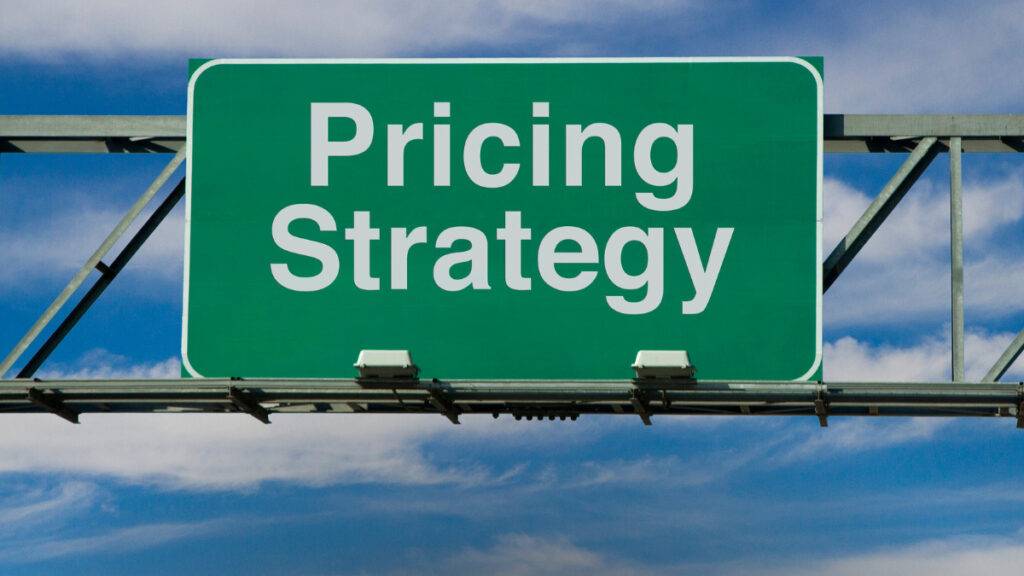Knowing the right way to offer discounts on products or services can be the difference between living and dying in the current market. Many entrepreneurs or financial managers, especially at the beginning of the business, use the discount as a way to close sales, without assessing, however, whether they have the financial capacity to support this reduction in profit margin.
The problem becomes even greater for those who need to define their subscription discount policy since pressure from the low prices of larger competitors ends up being the starting strategy used by an entrepreneur or financial director, resulting in long-term financial harm or even closure
If you have a recurring payment company, the first thing that needs to be clear is that discount and low price are different concepts.
Types of discounts:
In the previous articles we deal with the theory of pricing, we present the six most common pricing models and show how a service contract should be made. Once all these points are defined, you must choose the company’s policy regarding the discounts that may be offered.
As a rule, the larger the ticket and the possibility of customization of the product, the more margin there should be for discounts negotiation. Below are situations where you can grant discounts on your product or service subscription
1. Advance payment discounts:
a: Fixed discounts: pre-defined and transparent to the client, with no possibility of negotiation.
One must be very cautious about granting this kind of discount. Here’s a hypothetical example:
A small margin of discount, such as a 10% discount on the subscription of a product that costs R$10.00 and sells 10 units per month and has a R$7.00 cost (R$100.00 for billing and R$70.00 for cost = R$30.00 of profit, after 10% discount the billing is R$90.00 and R$70.00 of cost = R$20.00 of profit), implies in the necessity to increase the number of clients by 50% to maintain the original profit margin (to get the same return of R$30 profit, you will need to increase the customer base to 15).
This data shows how much it is necessary to study the market and understand whether the reduction in the final price actually results in an increase in the number of deals. Generally, this type of discount is used to “gift” customers who opt for automatic debit payment (increased company security and reduced churn rate).
In a few cases, it is even allowed to negotiate at cost if there is a specific product or service that has no outlet in the company. In fact, you can even use a pre-defined discount margin to affect a packaged deal, such as “10% discount on A + B product subscription” (actually the discount is on the “stranded” product).
But this is only recommended after a thorough market study, in addition to benchmarking to understand how your competition handles discount on subscriptions.
Variable Discounts
Variable discounts are usually given based on the term of the contracted plan, based on a study that evaluates the cost of churn in your company. It is worth remembering that, according to Philip Kotler, attracting new customers costs, on average, 5 to 7 times more than maintaining existing customers.
From accurate data on how much your company loses from each cancellation, it is possible to create discount plans of the type “annual plan paid in cash = 30% off”; “Semi-annual plan paid in cash = 20% off”; “Quarterly plan = 10% off”. This feature is widely used, for example, to reduce churn in gyms (and it usually works very well!).
Discounts via coupons
For application in marketing campaigns (without a direct link with the seller)
An example of such a template would be the discount offered in an email marketing campaign (“Enter the code displayed in the folder and earn 10% in the first 3 months of subscription”).
This discount can be given temporarily or permanently, although the first situation is the most common. The goal here is just to attract new customers, who will be loyalty not for the discount, but for the quality of services with which they will get accustomed.
Here is a very delicate question: what is the limit of autonomy that should be given to each seller, manager or director for compelling discounts?
Many companies lose profit by the deliberate action of sellers not to allow the customer to give up the subscription while granting discounts that are not possible for the organization to support.
The first step is to establish – after a thorough survey of the financial department – what the ceiling of discounts that the company can yield without affecting its results, communicating this data to sales representatives.
Another complementary measure is to adopt a platform to manage recurring charges, which allows for automation of billing, collection, complete management of contracts and signatures, analysis of performance indicators (KPIs), and, of course, programming an “electronic lock” in the concession of discounts not foreseen.
For specific promotional periods, as a way to operationalize the discount (temporary or permanent)
It is also possible to offer discounts if the service is contracted in periods of low demand (due to seasonality). This strategy aims to balance the volume of sales throughout the year.
Temporary Automatic discounts: incentive of discount in the first installments (sales compelling)
In this case, it is also worth recommending to have a platform of recurring charges, due to the possibility of automating discounts, previously calculated by a computer that will not negatively impact the company’s net profit (temporary discount).
In this section, you can grant different discounts in each sales channel, automatically, for a given period.
Explaining better, the cost of capturing a client through the company website is much less than that involved in an active telemarketing job. In this way, if the costs involved vary, discounts can accompany these fluctuations without changing the profit margin. And this can be done automatically and temporarily.
Another issue worth highlighting is that temporary discounts can be used as an incentive to stimulate registrations on the company’s website, thus broadening the potential for converting leads.
Although there are no studies correlating temporary discounts with the increase in conversion rates, the positive (practical) experience of several companies working with signatures bears witness to the positive effect on conversion, caused by temporary discounts, in first tranches. This type of discount can be used in any business model.
Permanent: for specific temporary campaigns or for fixed discounts, depending on package selection. It assists in reducing churn rates, but, as already mentioned, the expected drop in revenue should be offset by an effective increase in the active customer base.
Learn more about sales pipeline by clicking here.




